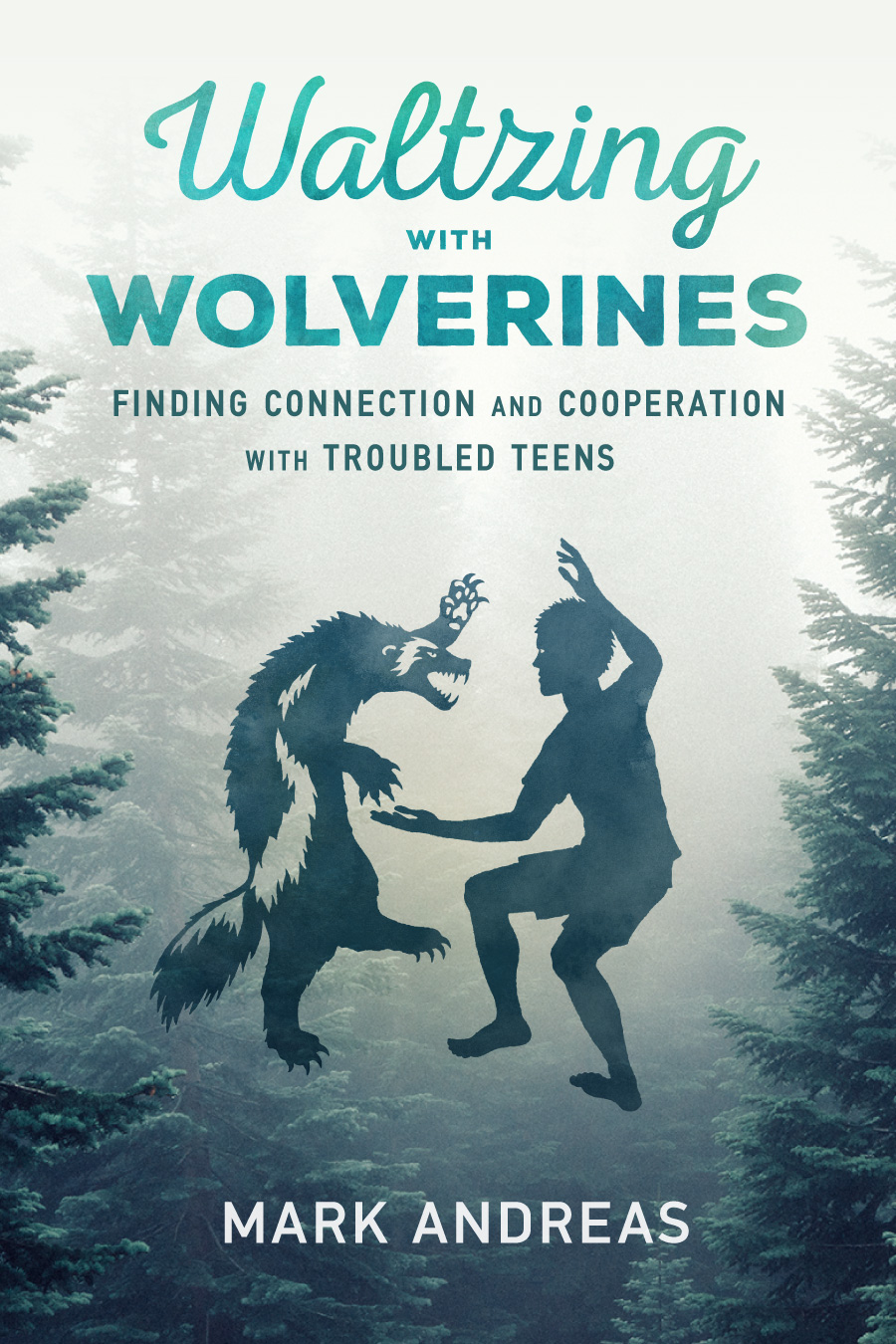You Don’t Deserve Love (and how knowing this will improve your life)
Tale of the Day: Deserving
Jan was sad over the loss of her long-time friendship with Hannah. Hannah was still pleasant to Jan, but after a period of being much less available, Jan asked Hannah what was up. Hannah explained that while she valued their friendship, she no longer had the time to spend with Jan in the deeply connected way they had been there for each other over the last twenty years.
This felt like a betrayal to Jan, almost as if Hannah had been manipulating her all along and now she was dropping Jan after two decades. In a pleading voicetone, Jan told me there was a part of her that really wanted to be loved, cared about, valued, enjoyed, liked, appreciated, adored, cherished... These verbs just kept on coming, so I could tell that this part of Jan felt an extreme lack of all these things, as well as a great need for them.
I began guiding Jan through the Core Transformation process and invited her to ask this part of her to step into what it would be like to have what it wanted: to be loved, cared about, valued, enjoyed, liked, appreciated, adored, cherished...
Jan started to relax, but then she said, "There's another part of me saying, 'You don't deserve this.' I feel it here in my left shoulder." She gestured with her hand.
When we do Core Transformation (CT), and an objection emerges like this, this shows us there are two parts involved, and we do the CT Process with both of them. Each has something of value to offer.
After completing CT with the first part, I turned to the second:
"Now notice this part of you that says, 'You don't deserve this.' Notice where you feel this part of you in your left shoulder. You can thank this part for being here, because you can trust it wants something positive in saying 'You don't deserve this.' Now ask this part of you, 'What do you want?'"
The CT process guides us in discovering deeper and deeper layers of what each part wants, until we get to something that can often be quite profound. In this case the part wanted “OKness.” In one sense OKness may seem at first to be quite ordinary, yet I could see Jan’s state shift to something much more at peace as this part began to get in touch with “OKness.”
The next step with CT is to turn things around and ask the part if it would like to go ahead and just step into having OKness as a beginning, in an ongoing way. Since the part liked this idea, we continued with the process by inviting the part to notice how already having OKness as a way of being naturally enriched or transformed each of the previous things the part had wanted.
When we finished the process Jan said, “It feels really great now, but there’s still this little voice threatening to say, 'You don’t deserve it.' [Note: I could have continued using CT with this “little voice” as a third part, but this time I took a different tack]
“Oh, well I agree," I said right away. "You don’t deserve it.”
Jan laughed, but when I didn’t say anything more she looked at me, realizing I was serious. She became more thoughtful.
“So thank this part of you for recognizing that you don’t deserve it," I suggested, "And you can ask this part, 'Now that you think about it, how does not deserving it actually not matter?'”
“Wow," she said, "That’s like a Zen Koan." Her face relaxed and I could see she was in a deep internal state of processing. “Wow,” she added, “I don’t think I’ll need to see you for several months after this, this is going to be with me for a while.”
I smiled. “It’s like, here we are,” I gestured to our seats. “Do we deserve it? No. Does that Matter? No.”
Jan shook her head in wonderment, “Just take it off the table.”
“I don’t deserve the life I’ve had,” I said, “but I still enjoy it.”
She said, “You know that’s interesting, because all the positive affirmations are about deserving, ‘You deserve love’ ‘You deserve enjoyment,’ ‘You deserve appreciation…’”
“Yep. It turns out you don’t deserve any of those things!”
“This is what your next book should be called.”
“What’s that?”
“Oh, well, something like, ‘You don’t deserve love.’” She grinned.
“Oooh, I like that. I’m going to write that down. If not a book, I’ll at least write a blog post.”
When I checked in with Jan six weeks later, she wrote me:
Mark, when you said to me, "Yeah. That's right. You don't deserve it." That was the "show stopper" for me. And you went on to say, "I feel I have a happy life, but I don't deserve it; I just have it. If I ‘deserved’ my happiness, that would mean someone else ‘deserved’ their unhappiness."
So, ‘deserving’ is irrelevant. It's not about deserving love or happiness. Happiness/love just is. (From earliest babyhood, of all the "good" things in the world, love is held up as the greatest reward. If you do what Mom/Dad want they will love you. Love is always paired with deserving it. So how radical to separate love from deserving it. Again, love just is.) That's it.
I also understood you to be asking me what may have followed in my life after this session. I have found it really useful to consider the question. And I wish I could give you specifics of how this "reframing" has impacted my life. I can't pinpoint it exactly because it was part of a mosaic of healing experiences over about 6 wks. which seemed to lead to a profound shift for me around my codependency--and in particular what I would call my codependency with Hannah. Literally all that pain and grief has been lifted!!!!! (And I recently spent a very enjoyable evening with her! I would still like more opportunities to connect with her--no change there--but somehow there is no pain about it!??!! Who'da thunk?!) I'm 180 degrees from where I have been… And I have been experiencing a lot of equanimity for some weeks now…And, I do know 100% that that whole session with you was profoundly impactful.
So, I'm in awe of the healing process. And I'm so grateful for your working with me, Mark.
Tool of the day: Negative affirmations
If you have one minute, you can do this right now. Choose three qualities you would like more of in your life, or three needs you have that you would like others to fulfill. For example, “Three qualities I want more of/needs I want fulfilled are joy, relaxation, connection with others.”
Then relax, close your eyes, and repeat to yourself in a voice that is compassionate, matter of fact, or perhaps with a hint of a knowing smile: “I don’t deserve joy...” “I don’t deserve relaxation…” “I don’t deserve connection with others…” As you say this, you can appreciate how important these three things are that you sometimes get to experience despite not deserving them. Try this out for yourself now before reading on.
Now that you have your own experience as a reference point, I want to share my experience with you. When I say to myself, “I deserve Joy,” or “I deserve connection” there is an implicit “should” in there. If I deserve it, I should be getting it. So if I’m not getting joy and I talk to myself in a way that presupposes that I should be getting it, this is a recipe for feeling unhappiness—I should be feeling joy, but I’m not. Also, if I'm already experiencing joy, it's just as pointless to say, "I deserve joy," which only serves to separate me from enjoying it.
In contrast, when I say to myself in a neutral or matter-of-fact or compassionate voice tone, “I don’t deserve joy.” I am able to experience all the joyful parts of my life with huge gratitude for this undeserved gift. And for all the non-joyful parts of my life, there is no mismatch between what “should” be and what is.
The trick to making negative affirmations work is ensuring the voice tone is truly neutral or positive. If you get a negative result from a negative affirmation, it’s likely due to the voice tone you were using. To help with this, after each negative affirmation, include a negative affirmation about the opposite of the quality you chose. For example:
"I don’t deserve joy…” “I don’t deserve non-joy.”
"I don’t deserve relaxation…” “I don’t deserve non-relaxation.”
"I don’t deserve connection with others…” “I don’t deserve not connecting with others.”
Another thing that can help negative affirmations work for you is to explore shifting which words have the emphasis. For example, try out the difference between, "I don't deserve joy," and "I don't deserve joy." For me the first emphasis is more common, and so it is how I would first read the sentence off a page. But the second emphasis creates a strong implication that I'm experiencing joy even if I don't deserve it. The beauty of implication is that it doesn't come right out and say that I am experiencing joy, so there is nothing in the implication that will mis-match my experience, even if I'm having the worst day in my life.
Try this out, and let me know what you find. Are there variations in emphasis or voice tone that work particularly well for you?
To book a private session with Mark over Skype or in person, visit www.markandreas.com

